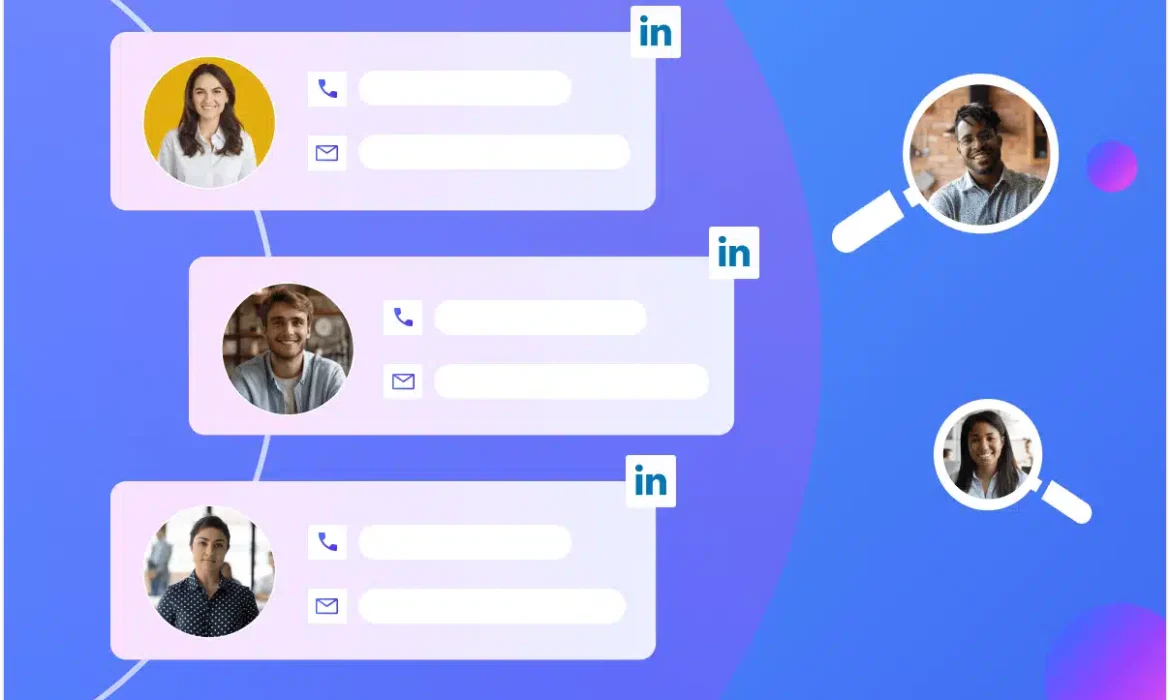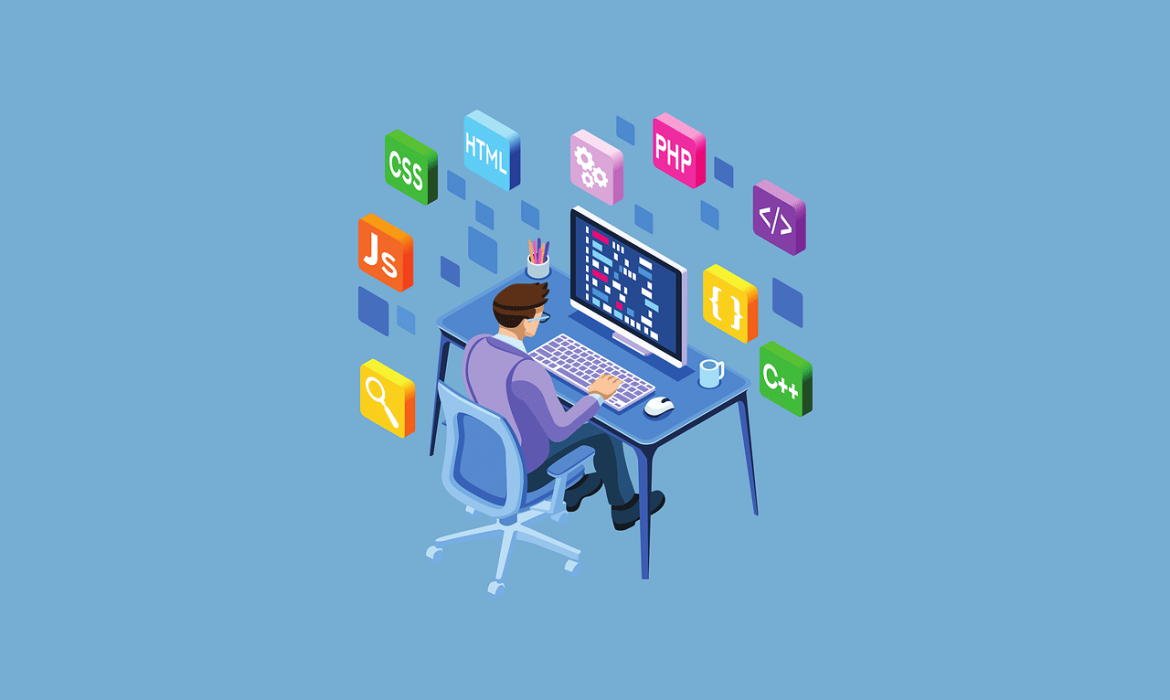Why Do Most Tech Blogs Fail to Connect? – Factors That Make the Best Blog
When you look for tech content online, you mostly come across tech blogs that do not serve your goal. Rather, you end up with tech jargon and generalizations…
Top 5 Email Tools Trusted by Lead Gen Agencies in 2025
Top Email Tools Trusted by Lead Gen Agencies to automate outreach, boost replies, and manage multiple clients efficiently and with ease.
6 B2B Lead Finder Tools Solopreneurs Are Using to Scale Up Fast
Tired of chasing bad leads? These 6 smart tools help solo founders reach better prospects, save time, and grow without burning out.
Is Janitor AI Safe? Features, Risks, and Alternatives
The world of Artificial Intelligence chatbots is rapidly changing, but Janitor AI is a unique platform that combines advanced technology and immersive character-based conversations. Unlike regular chatbots that just focus on giving quick answers or solving tasks, Janitor AI really puts an emphasis on role-playing, storytelling and making sure users are engaged with customizable avatars that show different emotions. It is tailored to users wanting more than utility, offering a creative and interactive chat setting, but still maintaining some connection to innovation in digital conversation.
What is Janitor AI?

Curated with modern technology, Janitor AI allows users to chat with AI and get answers to all their queries. The chatbot answers your questions using AI algorithms and features a variety of avatars. Users can even choose their avatars depending on their conversation style. Janitor AI delivers smart responses with accurate data available on the web. Its AI capabilities allow Janitor to have meaningful conversations with the users, offering them the whole and right information they require. Unlike other chatbots, Janitor AI is less about strictly roleplay but is more focused on storytelling and immersive conversations, rather than solely informative or task-based experiences. Perhaps now, your chatbot can be the character of your imaginary story or a real-life person whom you miss. However, it is recommended that users do not allow their young children to use Janitor AI.
Is Janitor AI actually safe to chat with?
Well, it is a chatbot that can help its users to find reliable and accurate information. This way it helps them with smarter decision-making, narrow business processes, and lower operating costs. But talking about it being safe, Janitor AI isn’t created for children below 18 years of age. So, the parents/guardians need to take care of their children and keep them away from this software chatbot. The risks might be greater than the benefits.
Is Janitor AI a free chatbot?
Yes, Janitor AI is a free chatbot. Users can sign up, browse characters, and interact on this platform without paying any upfront cost. The janitor does not run on its own AI model, instead, it relies on an open API key for AI. In addition, while talking to any avatar you need the API of AI. Hence, users might not be paying an upfront cost but will have to pay for the API key for AI to operate Janitor.
What are the alternatives to Janitor AI available in the market?
Every AI application software has its alternatives nowadays. For Janitor AI, we can say that WooChonga is the most popular and realistic alternative available. Although we don’t give much thought before choosing an AI chatbot. But there are a lot of things that we might take into consideration while choosing a specific chatbot. These measures could be images, text, or video responses but more important than these is the privacy factor. Here’s a list of a few AI chatbots that you can use as an alternative to Janitor AI.
- Character AI– which is one of the most popular chatbot platforms for creating and interacting with detailed characters.
- Candy AI– which takes a more casual approach to chatbot interactions. Users can choose virtual companions and customize how they look and act.
- ChatGPT (by OpenAI)– which is known for its natural conversation skills. Etc.
It’s good to do some shopping around and try a few out before you get in too deep.
Is Janitor AI down?

If you’ve tried using Janitor AI and found it slow, unresponsive, or not available at all, you’re not the only one. Janitor AI can and does go down for many reasons, because of the nature of the platform:
Common reasons that Janitor AI goes down.
- Server crashes: As Janitor AI becomes more popular, it can get heavy traffic that overwhelms the platform’s infrastructure.
- API rate limits: If you are using a third-party API like OpenAI or OpenRouter, your use of Janitor AI can be interrupted if your API key has hit its usage limits.
- Scheduled maintenance & updates: Janitor AI has scheduled back-end maintenance every six months (or as needed) and model updates which could render the service temporarily disabled.
- Integration issues: Sometimes problems with your connected AI model (not having a valid API key or token expired, etc.) can appear to be a Janitor AI issue.
Janitor AI Review: Conclusion
Janitor AI is an advanced chatbot platform that lets users have character-based conversations using external AI models. This is an advanced chatbot platform that lets users have character-based conversations using external AI models. It can successfully create a perfect, immersive, and interactive dialogue, especially through roleplay and storytelling – however, the service does raise safety concerns for younger users.
Related: Testerup Review: Is Testerup Legit or a Scam?
Related: Total Adblock Review: Is It Worth The Money?
How Tech Partnerships Are Shaping Consumer Search Patterns
How tech partnerships like Google-Reddit are reshaping consumer search behavior, personalization, and the future of digital marketing.
What Skills Drive Tech-Focused Business Growth Today?
Essential leadership and hybrid skills driving modern tech business growth—adaptability, empathy, digital literacy, and strategic execution.
How To Build A High-Converting Accounting Firm Website
Build a high-converting accounting firm website with expert tips on SEO, design, CTAs, trust signals, and conversion tracking.
Top 15 Tools for Managing Remote Teams Effectively
Explore the top tools for managing remote teams in 2025. Improve communication, productivity, hiring, and employee engagement today.
How to Become a Software Developer: A Step-by-Step Guide
Software developers play an important role in the tech-driven world. Nearly everything we use today is tech-enabled. Mobile phones, smartwatches, and even refrigerators rely on in-built software applications to perform optimally. Thanks to software developers of the world that make it possible! And for doing so, they are paid handsomely. In 2023, a software developer earned an average of $132, 270 in the US, according to the Bureau of Labor Statistics (BLS).
With the increasing use of mobile phones, web, cloud, and other emerging technologies, the demand for software developers is skyrocketing. Between 2023 and 2033, the demand for software developers is expected to increase by 17% on average. If you’re planning to become a software developer or want to transition to software development roles, becoming a software developer will be an excellent opportunity.
Let’s explore the role of software developers, and their skills, and understand how their role is different from software engineers and web developers.
What Do Software Developers Actually Do?
Software developers build software applications. They collaborate with product designers, product managers, quality engineers, and other team members to bring software applications to life. They write code to build features in an application, debug a piece of code to improve the function of the application, test an application, and even mitigate security issues before the application is pushed to the users.
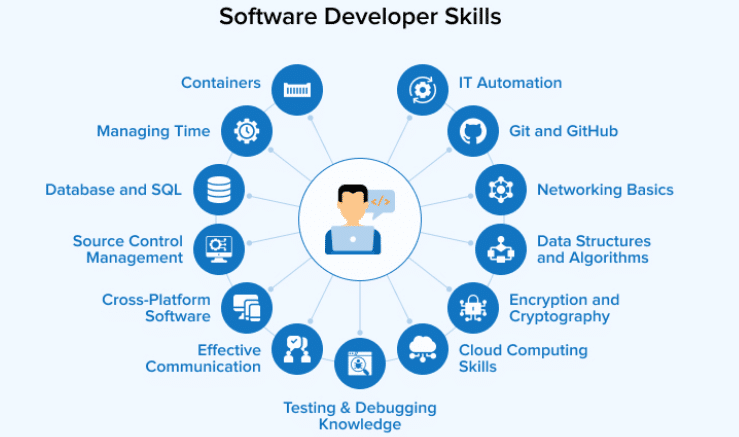
To do all the above tasks, a software developer needs a specific set of skills, including:
1. Programming Skills
Languages like Java, Python, JavaScript, PHP, etc. are frequently used to write code for software applications. The codes enable various features and functions of the application. A software developer spends a major chunk of their time at work writing codes and this requires a strong proficiency in programming skills.
2. Communication Skills
A software developer collaborates with multiple team members including testing engineers, product managers, and engineering managers almost daily. Software developers need to speak clearly about their challenges and objections with their team members. So, having good communication skills is a must-have for software developers.
3. Software Development Process
Software development is a multistep process, which usually starts with identifying the needs of the users of the application, designing the application by creating examples of wireframes, testing the application, and releasing the application. Being familiar with the process helps Being familiar with the process helps, especially when integrating various aspects such as front-end development services to ensure a seamless user experience.
4. Upskill
Software development is an evolving domain. New technologies keep emerging and older technologies keep improving. To stay abreast in software development, a software developer needs to continue learning. Cloud computing, blockchain, cryptocurrency, etc. are the latest skills that you can focus on as a software developer in 2025.
Are Software Developers and Software Engineers the Same?
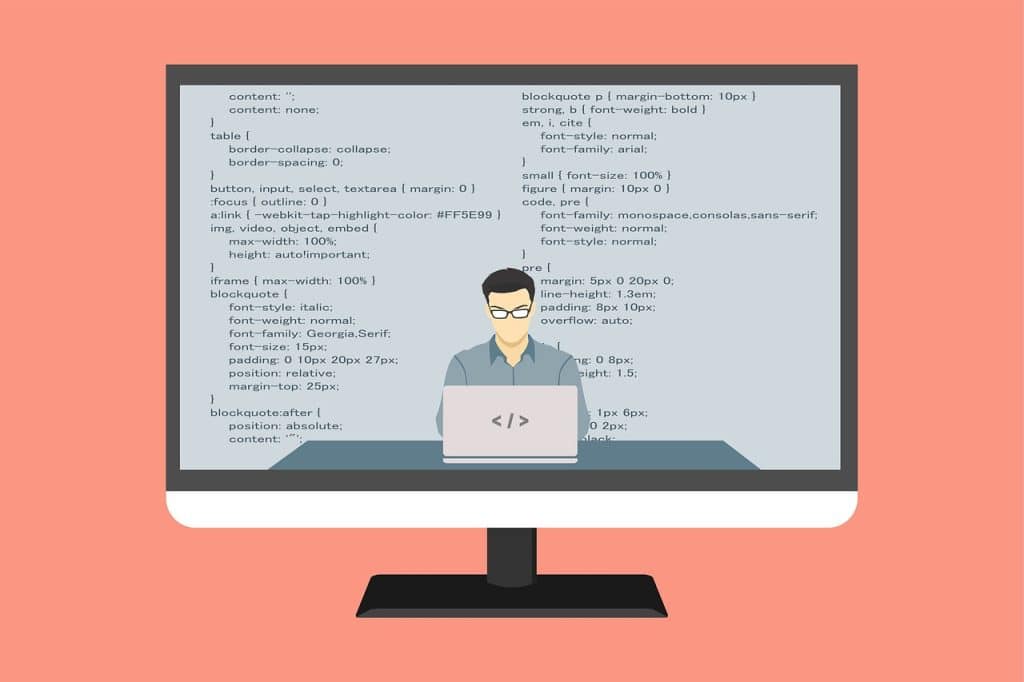
By the looks of it, the role of a software developer and software engineer may look the same. However, the two roles are different, but not vastly different. Software engineers focus on how an application will be built and software developers focus on building the real application.
Similarly, the skills of software developers and software engineers overlap but are not entirely the same. Software developers’ skills are technology-specific. Software engineers’ skills are overarching, meaning they’re applicable to various technologies.
Are Software Developers and Web Developers the Same?
Software developers build applications that may or may not run on the web. Desktop applications for example run on desktops, but don’t necessarily require access to the web. So, a software developer with skills and experience in building desktop applications will not require any knowledge of web technologies. Web developers on the other hand build applications that are specifically built for the web primarily using web technologies, such as HTML, JavaScript, etc.
Now that we know what software developers do, let’s discover how you can become a software developer.
Steps To Become a Software Developer in 2025
Software development is a technical domain and needs specialized skills.
1. Pursue a degree in computer science or a related domain
A bachelor’s degree in computer science or a software-related field is the conventional way to embark on a career in software development. Most software development roles require at least a bachelor’s degree.
The coursework usually teaches you algorithms, data structures, programming, etc., which are the building blocks of software development. Your proficiency in these skills will help you stand out as a software developer.

2. Build your software development skills
Knowledge of tools and technologies is essential to succeed in software development. Languages such as Java, Python, and JavaScript, and technologies such as Cloud Computing (AWS, Google Cloud, Azure, Cloudera, etc.), Docker, Kubernetes, etc. are essential tools for building small to large-scale applications. You should know these technologies well.
3. Work on projects
Working on projects gives you hands-on experience, making you aware of the challenges that come while building software or working on a software-related project.
4. Get a software developer certification
Software developer certifications demonstrate your expertise in software development. As new technologies emerge or evolve, taking a certification also empowers you to upskill and gain experience. Some popular certifications include:
- Amazon Junior Software Developer
- IBM Full Stack Cloud Developer
- Meta Android Developer Professional Certificate
- Meta iOS Developer Certificate
- Oracle Java SE 11 Developer
5. Get your first job
Build a resume that highlights your skills and experience. Start applying for entry-level jobs in software development and prepare for your interviews. You can also use your network to seek referrals at your favorite companies.
Conclusion
Software development is an evolving field. Numerous job opportunities for software developers exist, while new opportunities are being created. To become a software developer, learn the essential skills and work on projects to get the necessary experience for building software applications.
Related: How to Become a Business Analyst in 2025: Complete Career Guide
Related: How To Become a Business Intelligence Analyst: 5 Key Skills to Master
How To Become a Business Intelligence Analyst: 5 Key Skills to Master
Today, businesses are flooded with data. They need people who can translate this data to make decisions for their business. But this is easier said than done; it’s not just creating graphs and presentations, there’s a lot of data crunching involved to make data work.
Data is unstructured, unprocessed, and sometimes even unreliable. An analyst’s role is to take data and make the bigger picture clear for the stakeholders. That’s what makes a Business Intelligence Analyst’s role a coveted one. But what does it take to become a BI (Business Intelligence) Analyst? We will delve deeper into it, but let’s understand the role of a BI Analyst first.
What Does a Business Intelligence Analyst Do?

Simply put, a Business Intelligence Analyst helps businesses make decisions. They employ tools like SQL to extract necessary data and implement statistical methods like regression, ANOVA, etc., and tools like R and Python to uncover insights. On a typical day, an analyst can be found –
1. Collecting and analyzing data
Data resides in large databases, both inside and outside the organization. Collecting the data is a primary task for an analyst. The data could be sales data residing in the company’s CRM, market data available in market research reports, or a repository like public research. Analysts often use Serp API to extract valuable information from online sources. Analysts often use Python web scraping to extract valuable information from online sources. Collecting and cleaning data takes a huge chunk of an analyst’s time.
2. Interpreting data
A BI analyst uses statistical methods and other tools to find patterns within the data. The interpretation is conveyed to stakeholders as a graph or a presentation using visualization tools such as Power BI, Tableau, etc.
3. Collaboration and communication
A BI analyst spends time collaborating with people across the organization, including senior managers, executives, and other teams, using an instant messenger for business to understand business requirements and translate them into insights and business recommendations.
4. Monitoring and optimization
If you’ve built a data solution, monitoring and optimizing the performance of the solution becomes a part of the role, too.
5. Ensuring data security and compliance
There’s an increasing focus on data security. A BI analyst plays a critical role in ensuring data security by implementing protocols and taking measures that safeguard information.
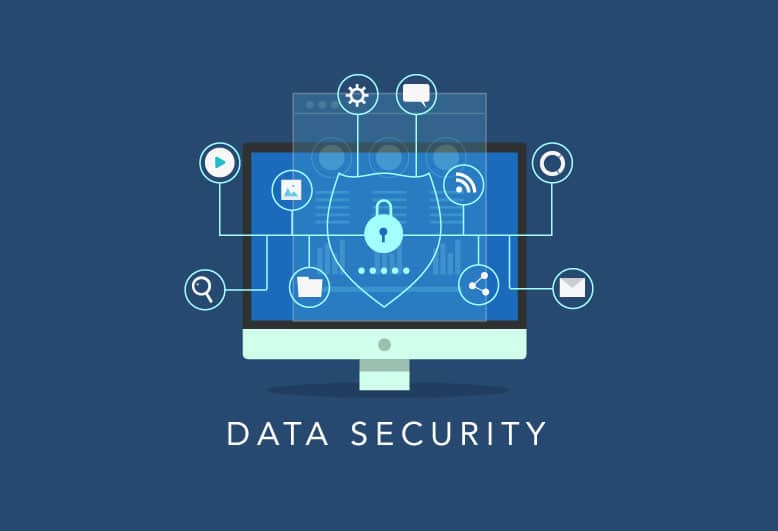
Now that we know what a day in the life of a business intelligence analyst looks like. Let’s understand what it takes to become one.
Becoming a Business Intelligence Analyst: 5 Key Skills to Master
From soft skills like communication to hard skills like SQL, becoming a sought-after business analyst requires these five skills –
1. SQL
SQL (Structured Query Language) allows an analyst to access data stored in relational databases. Retrieving the data from the databases for further processing requires knowledge of SQL. Writing SQL queries, performing functions to group and manipulate data, joining tables, etc., are some of your actions.
2. Data Exploration
Gathering large amounts of data and seeing patterns within it is a critical skill for a BI analyst. Techniques like clustering, classification, etc., help with data exploration and prepare for further analysis.
3. Statistics
Retrieved data is processed using statistical methods like regression to help uncover insights. This is usually the second last step in the analyst’s workflow. Depending on how unstructured the data is, an analyst employs data cleaning techniques like data normalization or manages missing values from the data. This process is essential before analyzing the data.
4. R and Python
It’s excellent to know both R and Python; knowledge of one of the languages often suffices. These languages help analysts implement statistical techniques to decipher the gathered data.
5. Predictive Analytics
Based on historical data, techniques like forecasting using machine learning methods such as linear regression, time series, etc., help predict future outcomes. Understanding predictive analytics and knowing how to predict future outcomes for a business is a key skill to master for a BI analyst.
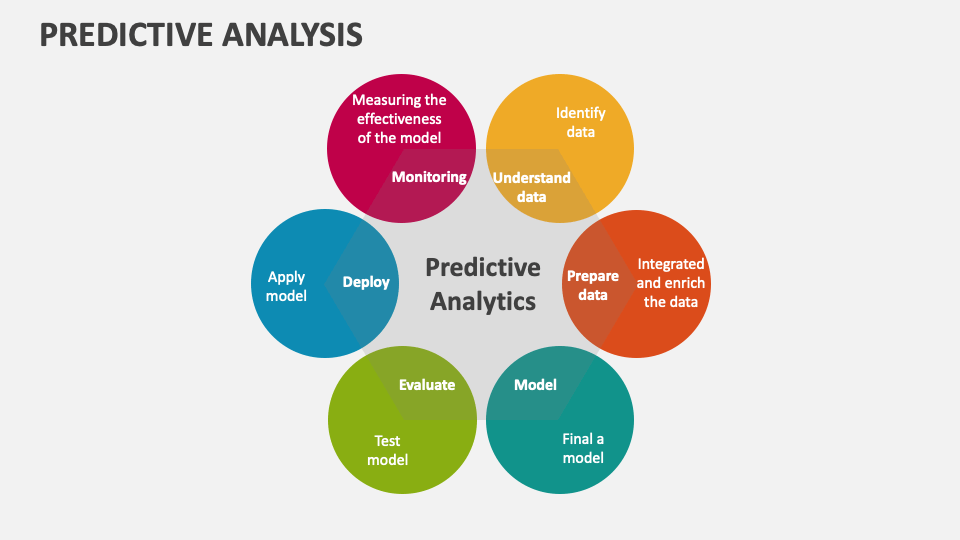
6. Collaboration and Communication
Communicating your ideas to key stakeholders and team members is crucial for BI analysts to excel in their careers. More often than not, you will collaborate with people across the organization, including developers, engineers, etc., it is essential to put forward your objections clearly so a problem can be solved. It is equally important to explain your ideas clearly, so every stakeholder can be on the same page as you.
Conclusion
Business Intelligence Analyst is a coveted role in the industry. If you’re looking to become one; get started today by learning the essential skills mentioned above. Remember to top up your learning with hands-on experience with industry projects – and fast forward your career as a BI Analyst.
Related: The Future of IT: Predictions and Trends for Businesses
Related: Best Leadership Assessment Tools To Improve Performance



